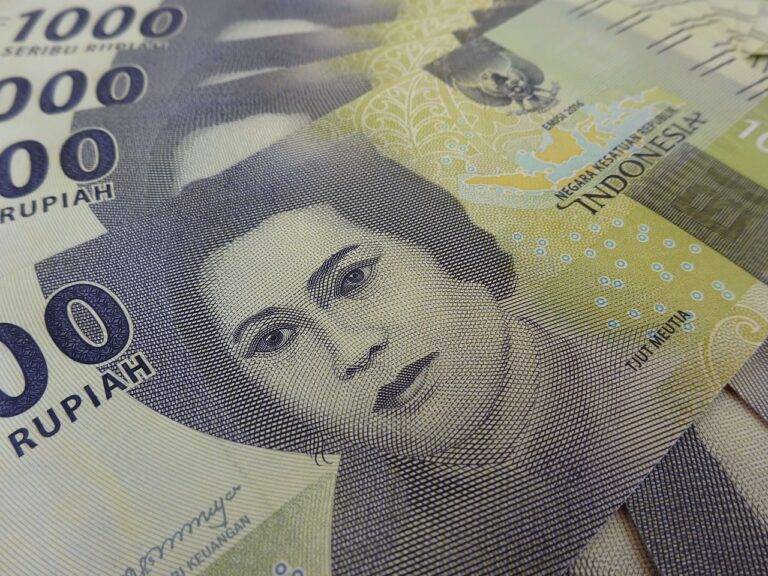Understanding the Circular Economy: Sustainable Practices for Businesses
The circular economy is a sustainable approach that aims to minimize waste and promote the efficient use of resources. It emphasizes the idea of keeping products, materials, and resources in use for as long as possible through strategies like recycling, reusing, and remanufacturing. This shift from the traditional linear economy, which follows a take-make-dispose model, to a circular one is crucial in reducing environmental impact and creating a more sustainable future.
By adopting circular economy principles, businesses and industries can not only decrease their carbon footprint but also drive innovation and increase economic competitiveness. This holistic approach encourages a shift towards more sustainable practices, such as designing products for longevity, incorporating renewable energy sources, and fostering a more collaborative and interconnected supply chain. Ultimately, the circular economy offers a path towards a more resilient and resource-efficient society.
The Principles of the Circular Economy
The circular economy is guided by several key principles that drive its sustainable and eco-friendly practices. One such principle is the concept of designing out waste, which focuses on minimizing the generation of waste and pollution through thoughtful design and production processes. By designing products and systems with reusability and recyclability in mind, the circular economy aims to keep materials and resources in circulation for as long as possible.
Another important principle is the idea of keeping products and materials in use for as long as possible. This involves promoting repair, refurbishment, and remanufacturing to extend the lifespan of products and prevent them from becoming waste prematurely. By encouraging a shift away from the traditional linear model of make-use-dispose towards a more cyclical approach, the circular economy aims to maximize the value derived from resources and reduce the environmental impact of consumer goods.
• Designing out waste to minimize generation of waste and pollution
• Focus on reusability and recyclability in product design and production processes
• Keeping products and materials in use for as long as possible through repair, refurbishment, and remanufacturing
• Shift towards a cyclical approach from the traditional linear model of make-use-dispose
• Maximizing value derived from resources and reducing environmental impact of consumer goods
Benefits of Implementing Circular Economy Practices
Implementing circular economy practices brings forth a myriad of benefits across various sectors. One notable advantage is the reduction in resource consumption and waste generation. By designing products that can be reused, repaired, or recycled, businesses can significantly decrease their reliance on finite resources and minimize environmental impact.
Furthermore, adopting circular economy practices can lead to cost savings for businesses. By extending the lifespan of products and materials through practices such as remanufacturing and refurbishing, companies can reduce the need for constant raw material extraction and production, thus cutting down on production costs and enhancing overall operational efficiency.
What is the Circular Economy?
The Circular Economy is an economic system aimed at eliminating waste and the continual use of resources. It promotes the reuse, repair, remanufacture, and recycling of products and materials.
What are the Principles of the Circular Economy?
The principles of the Circular Economy include designing out waste and pollution, keeping products and materials in use, and regenerating natural systems.
What are the benefits of implementing Circular Economy practices?
Implementing Circular Economy practices can lead to reduced resource consumption, lower production costs, increased innovation, job creation, and a more sustainable future for our planet.







